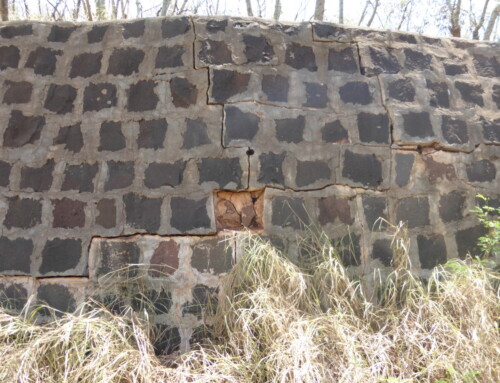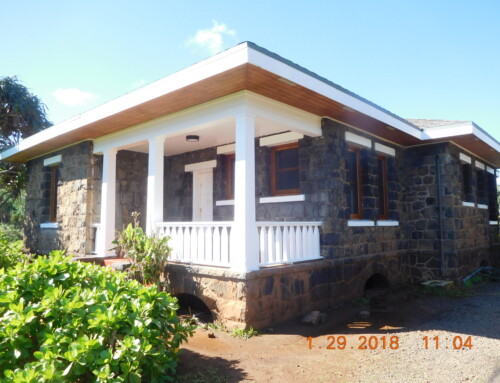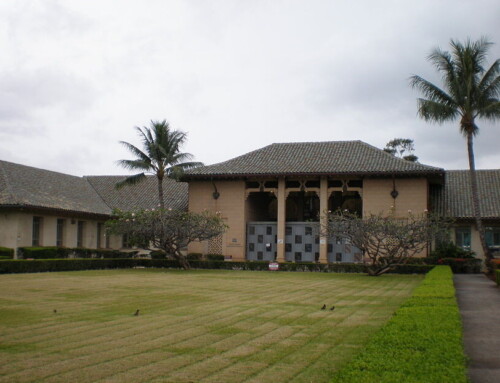Most Americans are embracing sustainable environmental practices such as making modifications to buildings to enhance their energy efficiency. However, it is not always easy to install solar panels on historic buildings.
The standards and guidelines used when making alterations to historic buildings, codified as the Secretary of the Interior’s Standards for the Treatment of Historic Properties, call for identifying and protecting character-defining features of historic buildings. The roofline of a historic building is often a character-defining feature, so sensitivity is paramount when making exterior alterations, such as the installation of solar panels. Sensitive alterations protect the integrity of the historic building, which can hold further importance to owners receiving a property tax exemption.
Historic preservation guidelines for the sensitive placement of solar panels call for placing them in a way that is “minimally visible” and does not “alter historic character.” For instance, changing the direction in which the panels are tilted can affect their visibility and reduce their impact on the character of the historic property. In other cases, solar panels can provide a dual-function or be shielded from view through appropriate placement at the rear of the property or a screen of tall plantings.
The National Park Service, which is charged with carrying out the mandate of the National Historic Preservation Act, provides further information about how to incorporate solar panels in a rehabilitation project in a Technical Preservation Brief available at http://www.nps.gov/tps/standards/rehabilitation/guidelines/solar-technology.htm. NPS also recently released “Illustrated Guidelines on Sustainability for Rehabilitating Historic Buildings” to address design considerations when increasing the energy efficiency and environmental sustainability of historic buildings. View the guidelines here.





